Landscape timbers are fantastic for creating beautiful gardens and borders. But they can start to rot over time due to exposure to moisture and the elements. This can make your outdoor space look messy and pose safety risks.
There are simple ways to keep your landscape timbers safe from rotting and make them last longer. We’ll see some effective methods to protect your landscape timbers.
Anyone can follow these methods to ensure their outdoor projects stay strong and tough. By the end, you’ll have the knowledge and confidence to keep your landscape timbers looking great and standing strong for years.
So, if you’re ready to learn how to protect your landscape timbers from rotting, let’s get started.
What is Landscape Timber Used For?
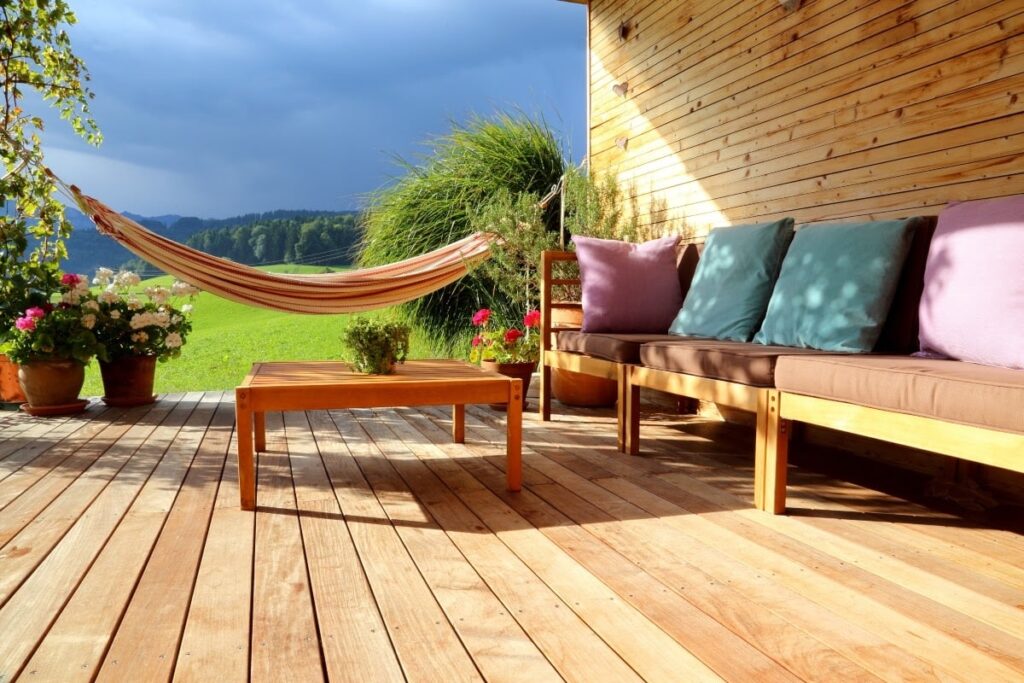
Landscape timbers are wooden boards that are really handy for all sorts of outdoor projects. They’re usually made from special wood such as cedar or pine that’s been treated to last longer. These tough timbers come in different lengths and sizes and are super popular for making outdoor spaces look better and work better.
Some Uses for Landscape Timbers
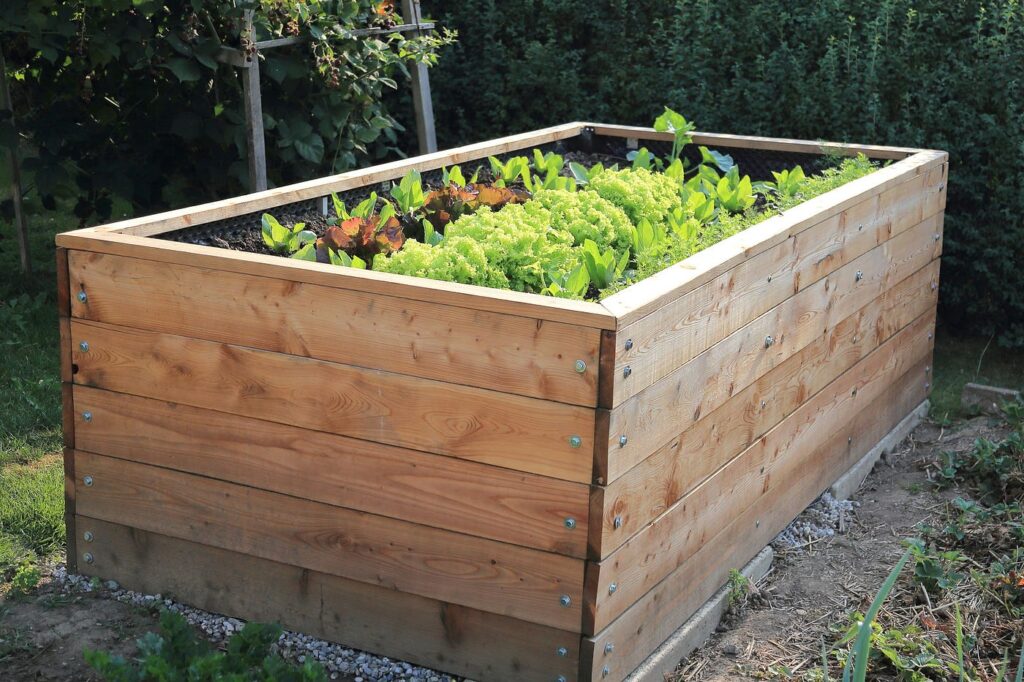
1. Garden Edging
One of the primary uses of landscape timbers is as garden edging. They help define the borders of flower beds, vegetable gardens, or pathways, providing a neat and organized appearance to your landscaping.
2. Retaining Walls
Landscape timbers are often working to build low retaining walls. These walls help prevent soil erosion, create levels in hilly areas, and add dimension to your landscape design.
3. Raised Garden Beds
They are an excellent material for constructing raised garden beds. These beds improve soil drainage, provide better access for gardening, and can extend your growing season.
How to Protect Your Landscape Timbers from The Rot
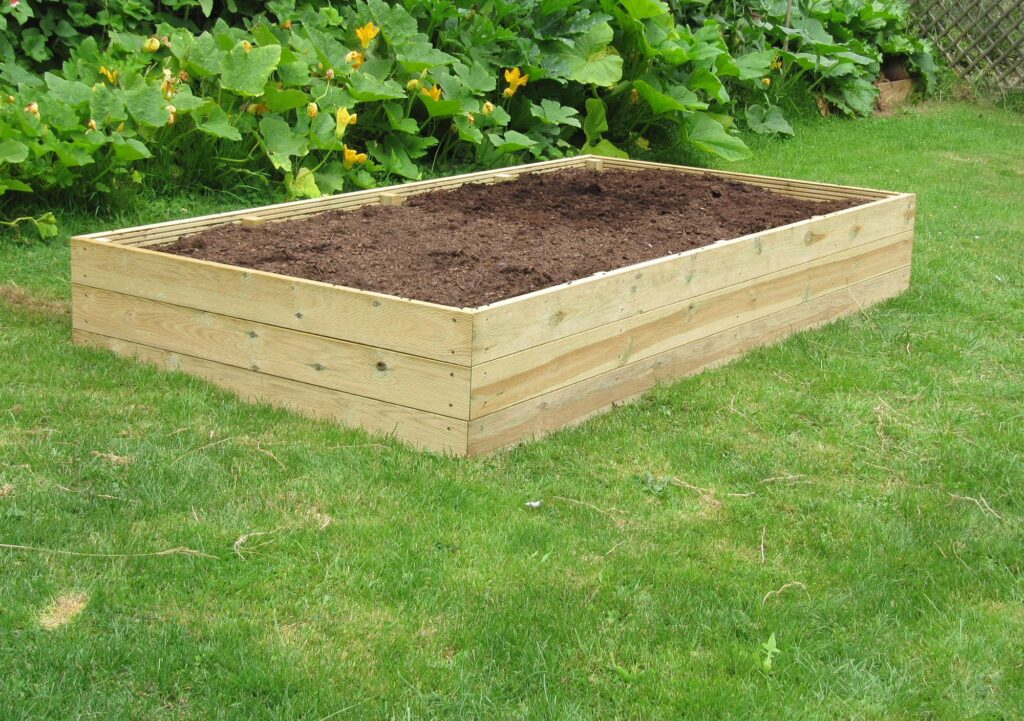
1. Selecting the Appropriate Wood Type
Selecting the right wood is the first and most important step to ensure your landscape timbers last a long time. Look for woods such as cedar or redwood. Because they naturally fight against decay and pests due to the special oils and chemicals they contain.
Another good option is pressure-treated wood. It goes through a process that adds preservatives to it, making it tough against decay.
When you’re picking out your landscape timbers, check for any signs of damage, like cracks or knots, because these can speed up rotting. By starting with the right wood, you’re building a strong foundation for timbers that will last a long time.
2. Safeguarding Timber from Moisture
Beyond the creative uses for landscape timbers in your garden, focusing on their longevity is crucial. Excess moisture is the main culprit behind rotting timber. To safeguard your timbers, keeping them dry should be a priority.
The best way to do this is by using a waterproof sealant or plastic sheeting between the timbers and the ground.
Ensure the area where you put the timbers has good drainage so water doesn’t collect around them. Also, don’t bury the timbers too deep in the ground, as this can trap moisture. It’s a great idea to let air circulate the timbers to help keep them dry and free from rot.
3. Identifying the Root of Rot
To prevent your landscape timbers from rotting. It’s important to watch out for signs of decay and act quickly. Check your timbers often for soft spots, color changes, or any growing fungus. These are all signs that the wood is starting to rot. If you see any of these problems, take action right away.
Get rid of the affected areas, and if needed, replace the timber. It’s important to stop the rot from spreading to keep your landscaping in good shape. Also, don’t stack soil or mulch right up against the timber because it can make a damp environment that’s perfect for rot-causing fungi.
4. Securing Correct Installation
Properly installing landscape timbers is crucial to prevent them from rotting too soon. Make sure the timbers are firmly and correctly put in place, not too shallow or too deep. Use the right fasteners, such as galvanized or stainless steel nails or screws to secure them.
Be careful not to put the fasteners in too forcefully, as this can weaken the timber and allow moisture and rot to sneak in. It’s also important to space the timbers correctly and install them level to stop water from collecting and help with drainage.
5. Coating Your Timber
To make your landscape timbers last longer, you should put a special layer on them. This layer does two important jobs: it stops water from getting into the wood, and it protects the wood from the sun’s strong rays.
You need to use a good wood protector that’s made for outdoor. Don’t forget to check it now and then, and if it’s not doing its job anymore, put on more to keep your timbers safe.
6. Setting Up a Moisture Shield
To better protect your landscape timbers from getting wet. You can put a barrier between them and the soil. You can do this by using landscape fabric or plastic sheeting.
This barrier stops the timber from touching the damp soil directly, which helps prevent moisture problems. Ensure the barrier covers the whole area where you put the timbers and overlaps at the edges to make it work well.
Conclusion
Preventing landscape timbers from rotting is important to ensure they last a long time and keep your garden looking beautiful. Picking the right type of timber, like cedar or redwood, can naturally resist rot. Ensure water doesn’t collect around your timbers; proper drainage is necessary. Install a plastic or rubber barrier between the soil and the timber.
Regularly check your timbers. Place your timbers on a gravel bed or use metal stakes to lift them slightly above the ground. Apply a wood stain or sealant to create a protective shield against moisture and UV rays. By following these steps, you can keep your landscape timbers strong and rot-free for years to come.

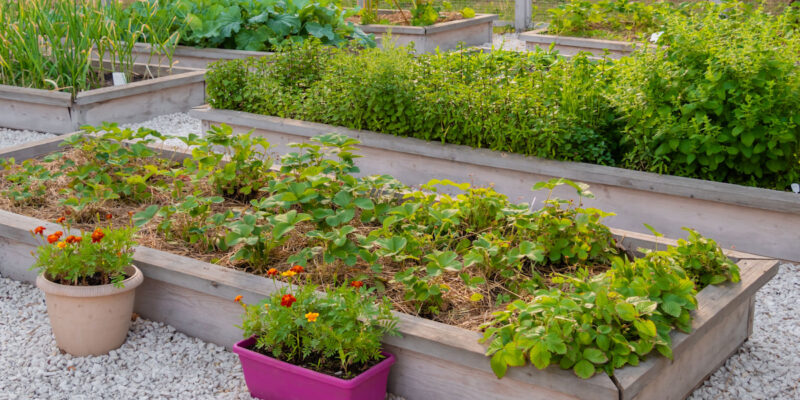
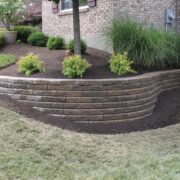







Comments